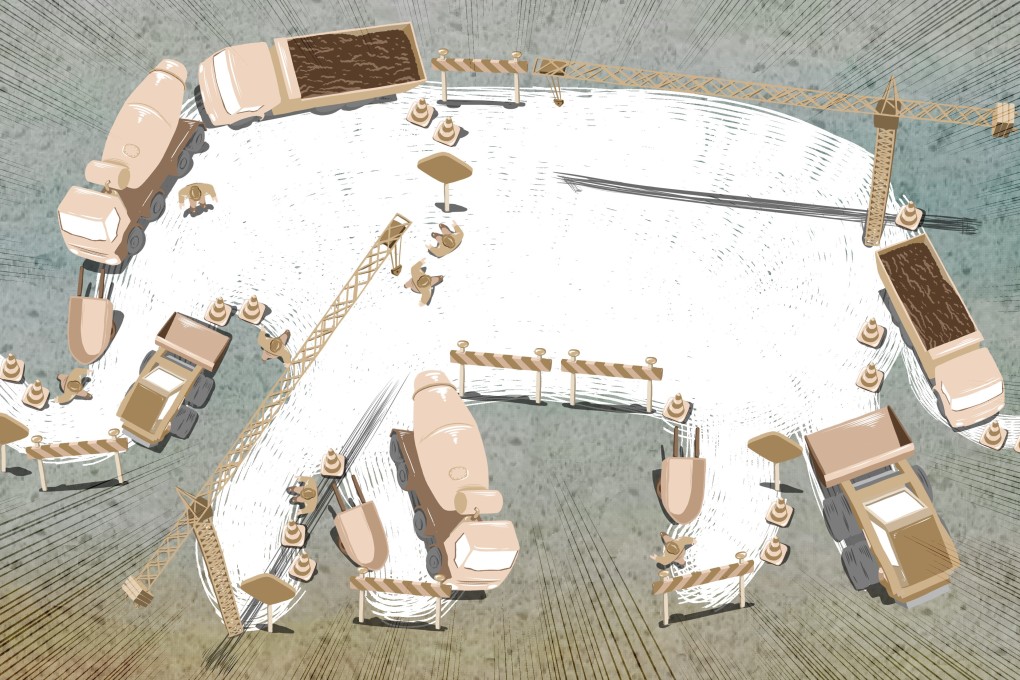Hong Kong’s construction rush: critical infrastructure or white elephants with political agenda?
- Two mega projects, the Hong Kong-Zhuhai-Macau Bridge and Guangzhou-Shenzhen-Hong Kong Express Rail Link, opened last year, and six more are on the way. But how much does the city need them?

IT manager Dennis Leung remembers his punishing daily commute from his home in the southern part of Hong Kong Island to his workplace in Wan Chai just three years ago.
It took up to an hour because of unpredictable traffic jams around the Aberdeen Tunnel that links to Causeway Bay. He knew his bosses did not like it when he turned up late.
“It also created trouble when I had social events to attend,” the 60-year-old recalled. “When I am always late, I am upset too.”
All that changed with the opening of the MTR’s South Island Line in late 2016. His travel time was slashed to about 15 minutes, with no more fuming in congestion.
“I am happy about the convenience,” he said. “We suffered for so long.”

The South Island Line, which cost HK$16.9 billion (US$2.15 billion) and took five years to build, is by most commuters’ accounts a success and a mega project they welcome.